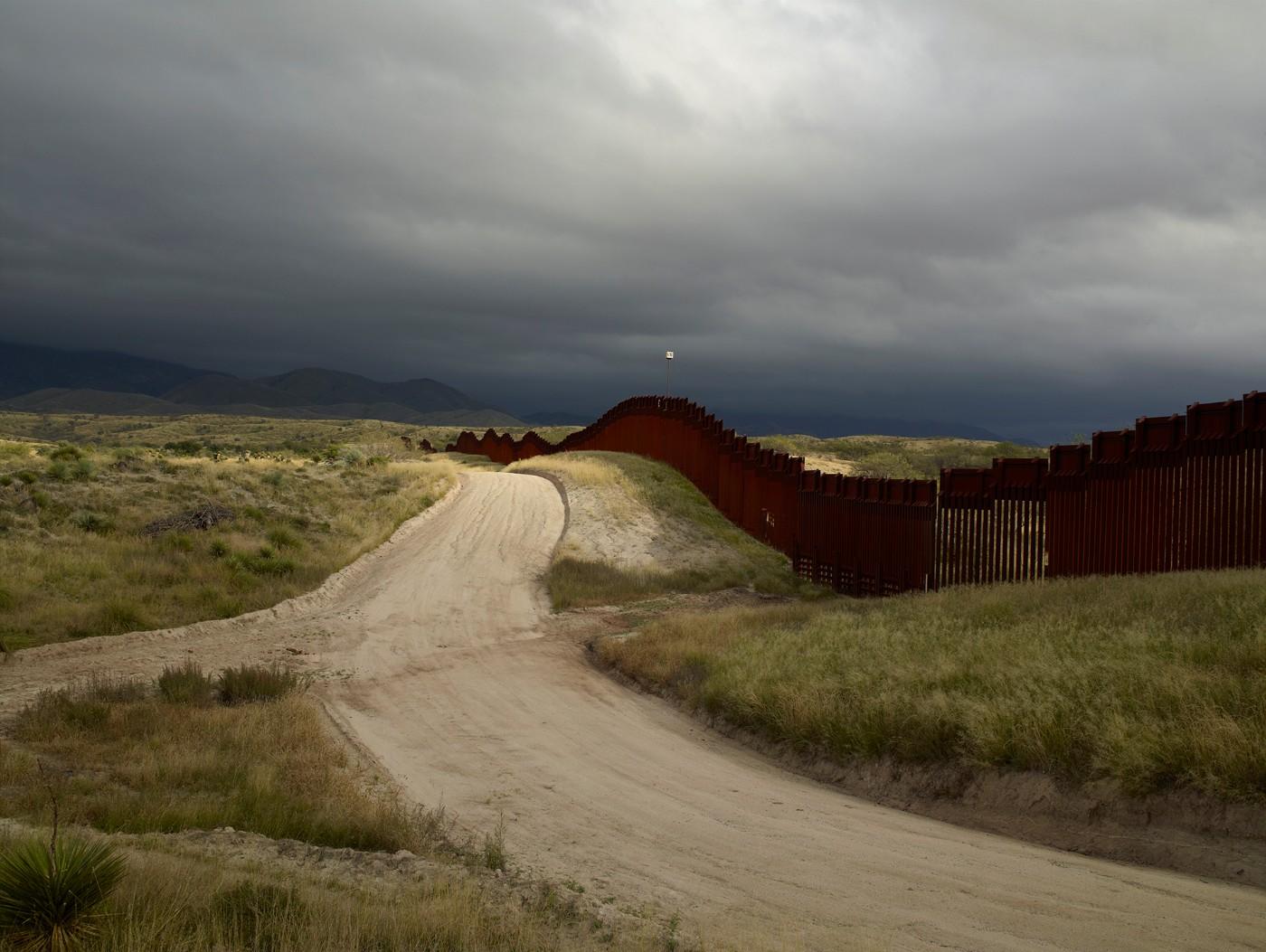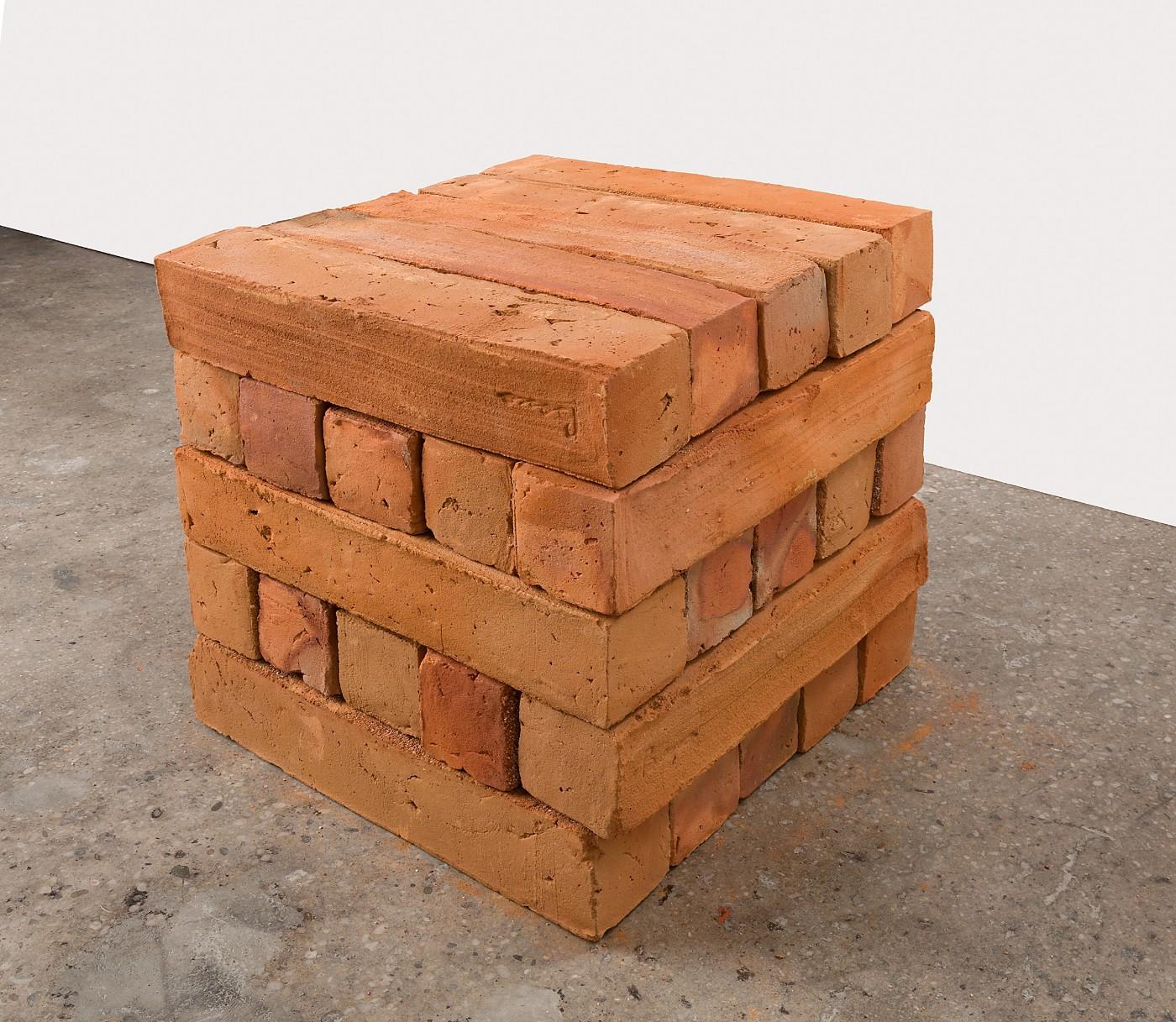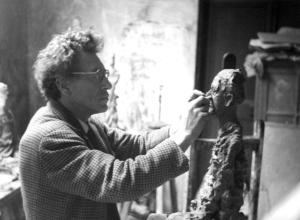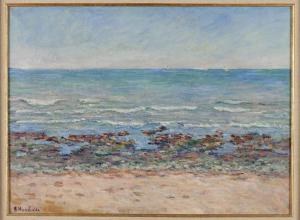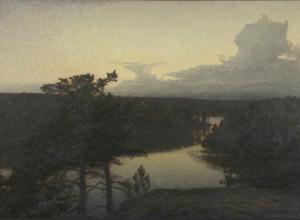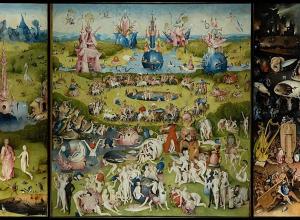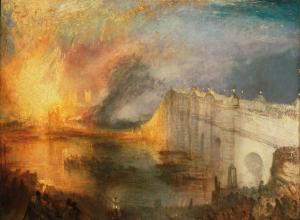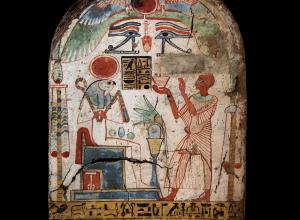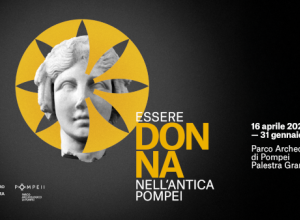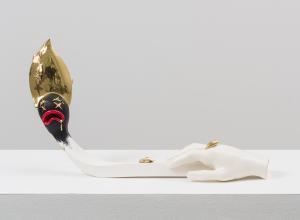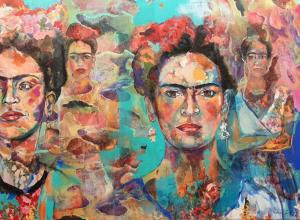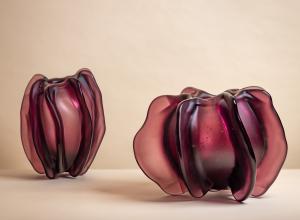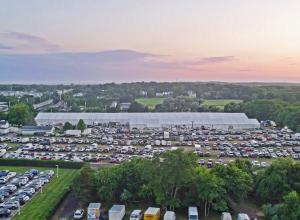In 2018, the United Nations Refugee Commission reported that a record 68.5 million people around the world were “displaced”: forced from their homes for reasons ranging from natural disasters, to armed conflict, to political or religious persecution. The increased visibility of migrants and refugees in popular culture and as the subject of public debate has shaped how governments and private individuals define nationhood and national identity, citizenship, human rights, and civic responsibility.
While offering historical context and a consideration of the forces that commonly drive migration, such as political instability, natural disasters, and oppression linked to race, religion, culture, and class, the exhibition presents a more complicated narrative about immigration and displacement than the usual rhetoric that dominates the public sphere and polarizes debate. Crossing Lines unsettles accepted notions of what constitutes a boundary and of what characterizes the migrant or refugee experience—in part by exploring how culture can persist and be embraced despite displacement. Acknowledging passage as a space of both trauma and transformation, the exhibition opens up new ways of understanding the immigrant experience.
Rather than aiming for an encyclopedic approach to the topic, the curators have sought to frame this metaphoric intervention through a range of experiences and geographies, all while staying focused on historical specificity and individual experience. The majority of the works included in the exhibition are recent acquisitions, emphasizing the museums’ commitment to collecting and presenting contemporary art in all media.




